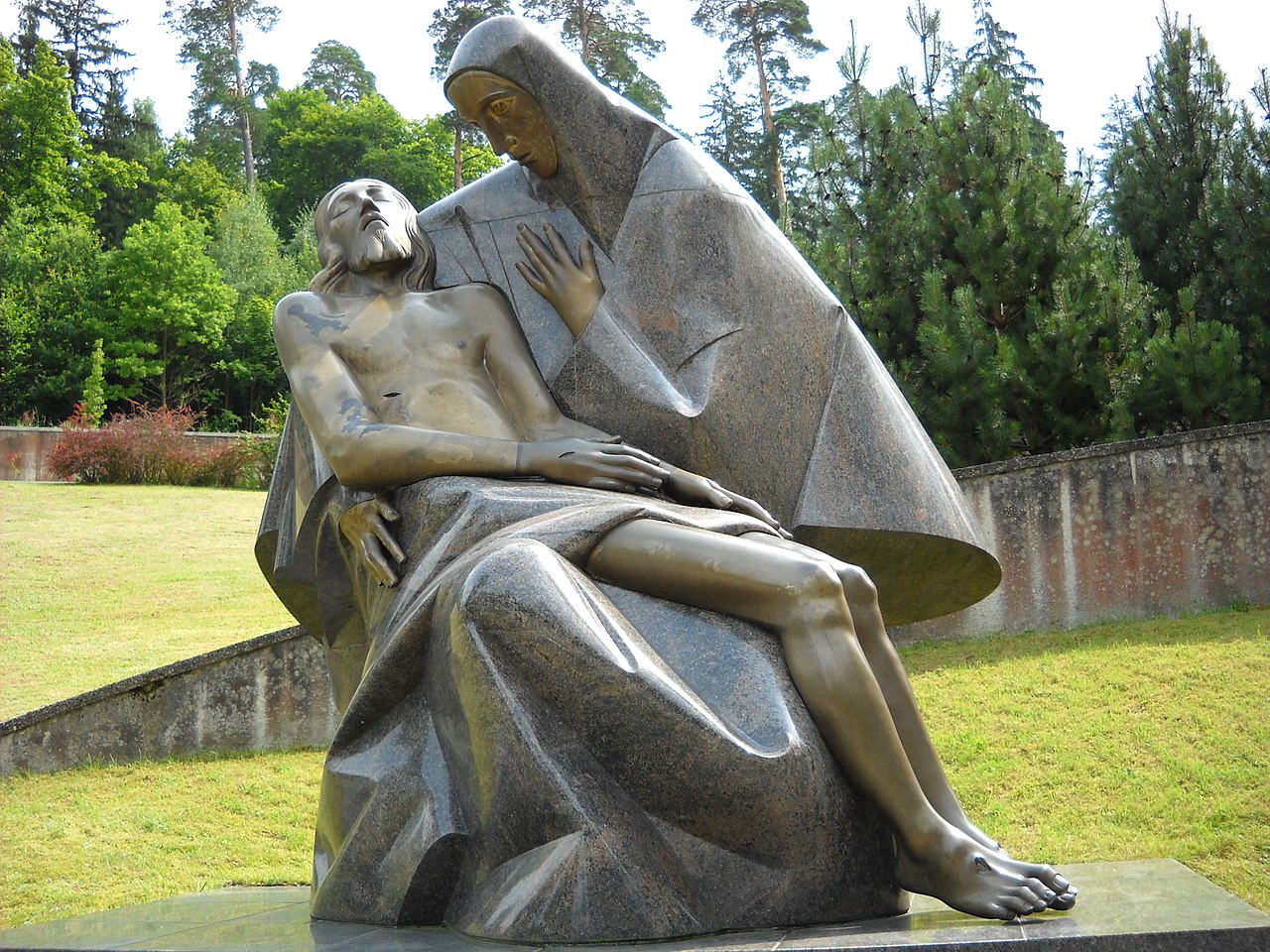
The Department of Cultural Heritage under the Ministry of Culture of the Republic of Lithuania, in cooperation with the Enlarged Partial Agreement on Cultural Routes of the Council of Europe (EPA) and the European Institute of Cultural Routes is organising a Cultural Routes Training Seminar for National Stakeholders.
The event will take place on 19 and 20 June, 2024, in Vilnius, Lithuania.
ASCE president, Mrs Lidija Pliberšek, will attend the event as one of the distinguished guest speakers. She will present the European Cemeteries Route as an example of Cultural Routes good practice.
The program will cover following topics:
- Context: the Cultural Routes of the Council of Europe programme
- Workshop: Presentation of Cultural Routes of the Council of Europe in Lithuania
- Defining a Cultural Route
- Tools for the governance of cultural routes
- Cultural routes – sustainable tourism, local development, and social participation
- Cultural Routes in practice
- Cultural routes communication and branding
- Roadmap for “Cultural Routes of the Council of Europe” in Lithuania
You can find the preliminary program of the seminar HERE.


